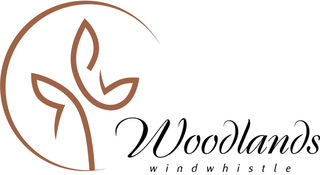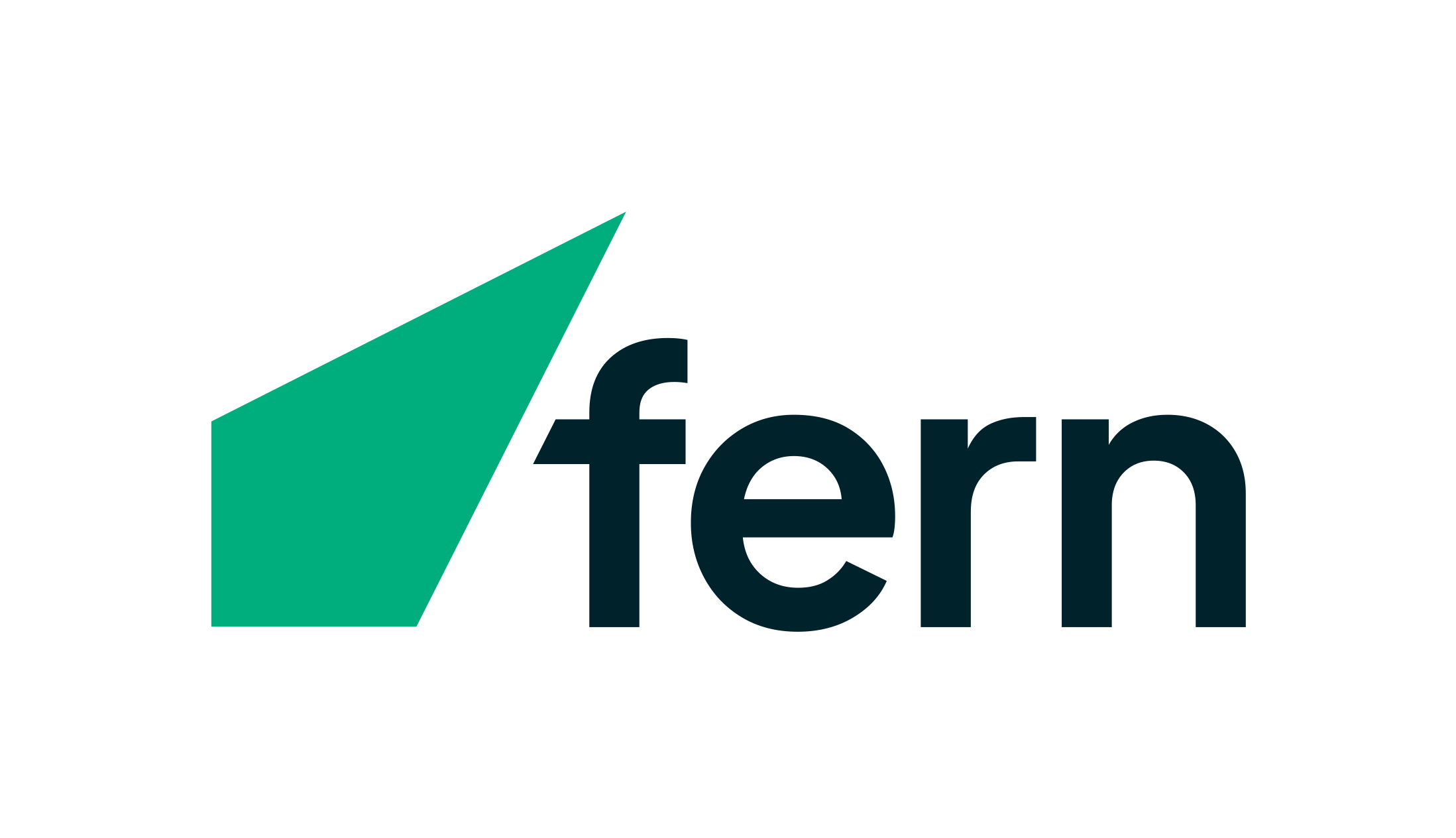discover
Rural settlements
The district has eight settlements which developed during the late 19th century. Though many of these are reduced in population and services, they give glimpses of the history of pioneers who choose to venture inland.
Hororata is an extensive and fertile farming district. The name comes from two Maori words – Horo: landslide or ravine; rata: the tree. This landmark is in the hills near Windwhistle where the river starts. Thriving in the early 1900s, the Hororata village had a hotel, two churches, two general stores, a school, post office, town hall, racecourse, brewery, flour mill, butchery, undertaker’s business, and extensive blacksmith’s workshop with five forges operating. The hotel, smithy, post office, St Johns 1875 and 1911 churches and the school house are still present in the Hororata Village. The Presbyterian Church is now a private dwelling. The Hororata Domain, established in 1877 when local landowners gifted land to the community, has played a significant role in the district. As the first registered reserve board in New Zealand and the third-largest public reserve, this wonderful facility has played host to many community activities such as horse racing, cross country, guiding, netball, tennis, shooting, and many major events. In years gone by there was ice skating on the Edwardian lake.
Discover Hororata Walking Trail on the Township Trails App CLICK HERE
Glentunnel Township has a close historical association with local coal, clay and sand mines of the Whitecliffs/South Malvern area. Originally named ‘Surveyors Gully’, ‘Glentunnel’, derived from the tramway tunnel in the glen that gave access to the Homebush coal mine. Coal was discovered in 1871, along with deposits of fire clay, which lead to the establishment of brick, tile, and pottery works that survived until the 1980s. The Whitecliffs railway was the essential link to the outside world for the coal and clay industries and for the transport of farm produce. Evidence of earlier industry can still be seen in the brick community buildings including the library and stable, and many of the miners’ cottages are still lived in today.
Discover the Glentunnel Heritage Walk on the Township Trails Selwyn App Click here
Whitecliffs takes its name from the bluff above the Selwyn River and was so named by Lady Barker, author of Station life in New Zealand, who lived at nearby Steventon. It was once the terminus of the Whitecliffs branch railway from Darfield which ran from 1875 to 1962 (the engine shed still stands). The settlements of Whitecliffs and South Malvern held one-time importance for coal, lime, sand, clay mining, and pottery works, with a hotel, guest house, church, post offices, and several shops. The school was located in South Malvern.
Situated at the head of the Wairiri valley halfway between Hororata and Windwhistle, Glenroy was named by Sir John Hall’s head shepherd after his homeland in Scotland. This district was once a thriving coal mining area with its own school, community hall and post office. There were many small holdings and residences of people who worked on the larger stations.
The original Windwhistle settlement was located further up the Coleridge Road on the farm now known as Long Spur. At Windwhistle House, alongside a small lake known as The Whistle, locals could collect their mail or have repairs done at the blacksmith’s shop. The accommodation house, originally run by Williams Adams, and the smithy were burned down in the late 1890’s. The accommodation house never reopened but the blacksmith’s shop transferred to the site of the current Windwhistle Garage at what is now known as Windwhistle. Positioned above the Rakaia Gorge, Windwhistle takes its name from the gale force nor’west winds that frequently batter its inhabitants.
Lake Coleridge Village developed with the construction of the Lake Coleridge Power Station, which began in 1911. The region had previously been large sheep stations, but needed to accommodate hundreds of workers and their families. Because of the isolation from larger townships, the village community developed their own services and recreational pursuits. There was a school and many clubs, and a projector room was incorporated in the village hall in 1939. Communal gardens and community-owned cows provided reliable sources of the basic food requirements for the village right up until the 1980s. What remains today is a holiday village with beautiful picnic areas, good walking tracks and a large information board tells the history.
Whakamatau, Selwyn District, Canterbury, New Zealand
Windwhistle, Selwyn District, Canterbury, New Zealand
Glenroy, Selwyn District, Canterbury, New Zealand
Whitecliffs, South Malvern, Selwyn District, Canterbury, 7673, New Zealand
Glentunnel, Selwyn District, Canterbury, 7673, New Zealand
Coalgate, Selwyn District, Canterbury, 7673, New Zealand
Hororātā, Selwyn District, Canterbury, 7572, New Zealand








